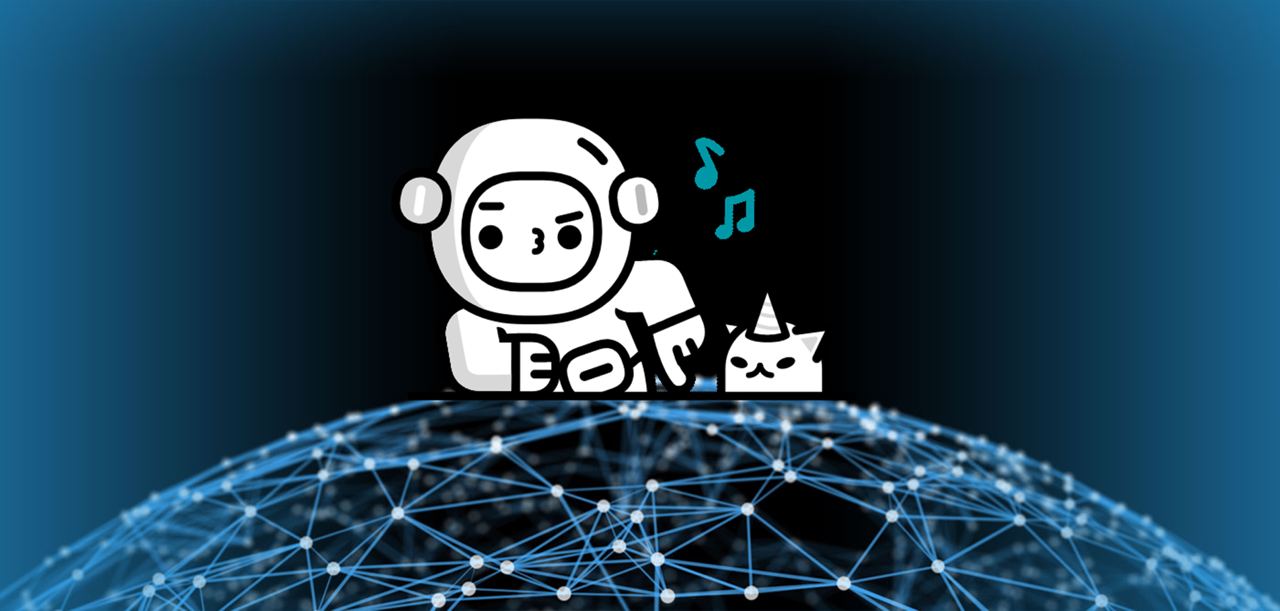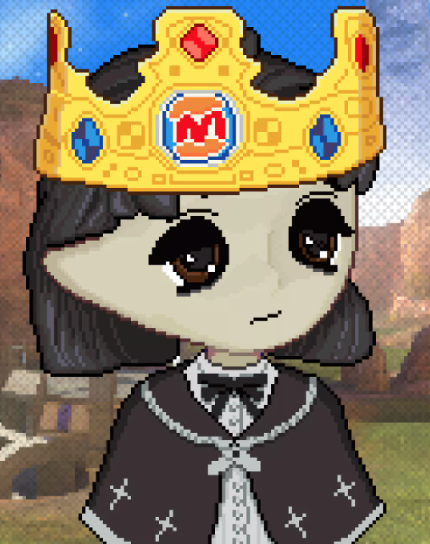By now, you’ve most likely heard someone mention “web3”. If you’re curious what all the hype is about, we get it. It's a lot to take in—and there are a lot of people out there who want to tell you that it's complicated and confusing. Too often is web3 presented as some obscure technology, reserved for gamers or gen z techies. In this article we’ll break down the history of the web and how web3 will develop on the current internet as we know it.
Although the world of web3 is changing fast, you don't need to be an expert in order to understand what's going on. All you need is some basic knowledge of how it all started, and where it’s headed.
Let's start at the beginning: What exactly is web3
Web3 is a decentralized web that connects web projects, developers, users, and data. It's a new kind of internet that gives you more control over your personal information and how you interact with others online. It uses blockchain technology to create a trust-less ecosystem and eliminates the need to rely on centralized companies like Amazon or Meta who might want to track your activity or sell your data. Imagine… an internet, except without the data harvesting and phishing scams. With more security, and the ability to be truly anonymous if you please. Web3 gives everyone control over their data and identity. But how did this new generation of web technology start?
The first step toward web3 was taken in 2015 when Ethereum launched its platform for smart contracts and decentralized applications (dApps). The second step was when Filecoin launched its protocol for decentralized storage solutions in 2017. Although Filecoin is generally slept on when compared to Ethereum, this was a pivotal moment in the development of web3. Now we're waiting for the third step: Interoperability frameworks (like Polkadot for example) that’ll link Ethereum with other blockchains, allowing a truly decentralized web to flourish.
Fortunately, in the same way that people don’t need to know how the underlying protocols of the internet work (HTTPS, STP, LAN, etc) in order to use it effectively, you won’t need to learn the ins-and-outs of web3 technology. Ideally, it’ll be seamlessly integrated into our every day lives.
So then, what’s Web 2.0?
Web 2.0 refers to the second generation of the World Wide Web, the one where anyone could start building their own websites and making money from them without having to ask permission from anyone else first. The term was coined in 1999 by Darcy DiNucci, who was trying to describe how the internet had changed since its inception 15 years earlier when only large companies could afford servers, and bandwidth was expensive enough that no one would want to use it unless they were getting paid for it (or had a really good reason).
And what about Web 1.0?
Web 1.0 was the first iteration of the World Wide Web, utilizing HTTP (the Hypertext Transfer Protocol), both of which were developed in 1989 by Tim Berners-Lee. It enabled users to access information through hypertext links, and these links were accessed using a browser. The first browser was called WorldWideWeb, released in 1990. It was later renamed to “Nexus” in order to avoid confusion between the browser and the general information space we refer to as the “world wide web.”
The user experience was pretty simple: you could browse the internet using hypertext links to navigate from one page to another. These pages could be plain text or contain images and other multimedia files like audio and video files; however, they were still limited in terms of what they could do compared with modern websites today.
By 1998 there were over 500 million websites online, which in time became the foundation for web 2.0!
What makes Web 3 different from Web 2?
The difference between these two generations boils down to one thing: decentralization. This is about to get very hypothetical, but stick with me here.
Imagine a world where there were CCTV cameras in every person's home, and they were all owned by a single, mega corporation. This is an obvious huge invasion of privacy. Now imagine that the mega corporation starts selling the footage of you in your home to other companies. The companies buying the footage would be gaining unprecedented insight into a consumer's life and would be able to adjust advertisements accordingly, becoming more aggressive and invasive, fishing for purchases.
This is essentially what’s happening today with our internet data. We may not yet realize the value of our data, but corporations have. We are being borderline spied on by companies who then sell our data to other companies without our consent. Decentralization gives the power back to each individual user.
As if privacy wasn’t enough of a driving factor for mass adoption, web3 will also turn the value creation & extraction dynamic upside down. We’re used to creating and consuming content with web 2.0, but with the way it’s set up today, companies extract the value out of users’ content and sell it for their own benefit. For example, there would be no Facebook, no Twitter, no Instagram or Tiktok without us - the average users. But we don’t get paid for keeping those companies alive and relevant. Not even a sliver of a sliver of a percent. Web3 aims to reward those who are participating in the ecosystem, whether you’re creating or consuming content (and value)!
Put simply…
To put it simply, Web 3.0 is a new generation of blockchain technology that will allow us to do things we can't do on the current web. It'll be faster, more secure, and more private than the current internet — and it will empower us to build new kinds of applications that weren't possible before.

